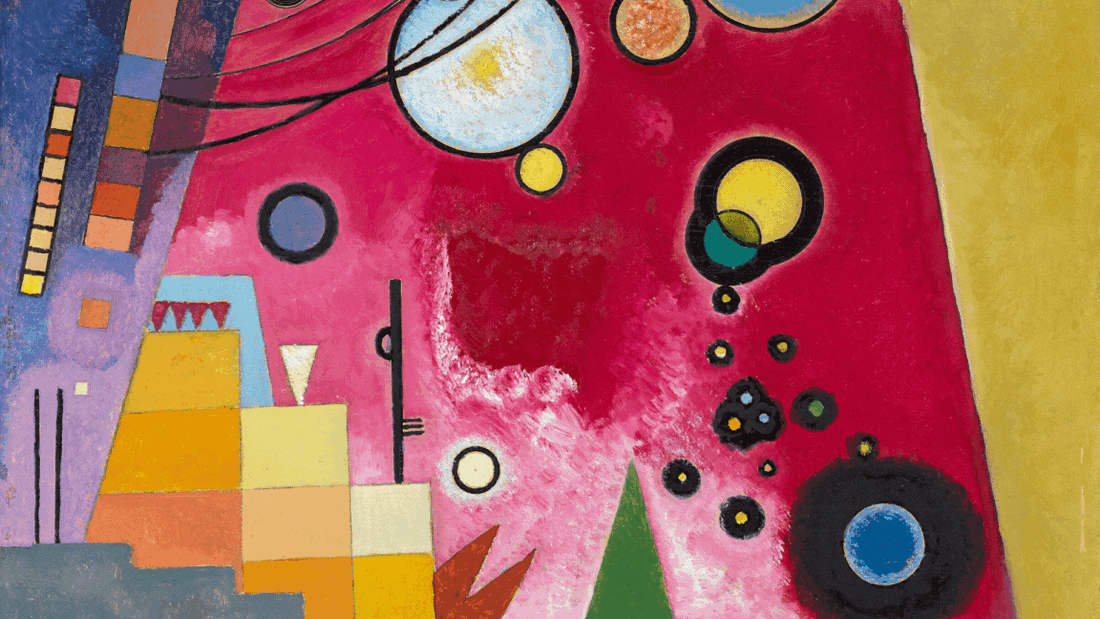
The Bauhaus movement: A Brief Introduction
Share
The Bauhaus movement was one of the most influential modernist art, design, and architecture movements of the 20th century. Originating in Germany, it merged crafts and fine arts with a focus on functionalism and simplicity.
______________________________________________________________________________________________________
Here's an outline of the Bauhaus movement:
Historical Context
- Founded: 1919, in Weimar, Germany
- Founder: Walter Gropius
- Duration: 1919–1933 (officially)
Locations:
- Weimar (1919–1925)
- Dessau (1925–1932)
- Berlin (1932–1933, closed by the Nazis)
_______________________________________________________________________________________
Core Philosophy
- Form follows function: Design should prioritize practicality.
- Unity of arts and crafts: Bridging fine art, design, and industrial production.
- Minimalism: Emphasis on clean lines, geometric forms, and absence of ornament.
- Modern materials: Use of steel, glass, concrete.
______________________________________________________________________________________________________
Key Disciplines
- Architecture
- Industrial Design
- Graphic Design
- Interior Design
- Typography
- Fine Art and Sculpture
______________________________________________________________________________________________________
Influential Figures
- Walter Gropius: Founder and first director, architect
- László Moholy-Nagy: Artist, photographer, and educator
- Paul Klee: Painter and instructor
- Wassily Kandinsky: Abstract painter and theorist
- Marcel Breuer: Furniture designer and architect
- Mies van der Rohe: Last director, influential architect (“less is more”)
______________________________________________________________________________________________________
Design Characteristics
- Geometric abstraction
- Primary colors (red, blue, yellow)
- Grid-based layouts
- Sans-serif typography
- Flat, functional furniture and architecture
______________________________________________________________________________________________________
Influence and Legacy
- Modern Architecture: Influenced International Style and skyscraper design.
- Graphic and Industrial Design: Foundations for modern visual communication and product design.
- Art Education: Inspired schools worldwide (e.g., New Bauhaus in Chicago).
- Cultural Impact: A symbol of progressive, modernist thinking suppressed by the Nazis but revived post-WWII.
